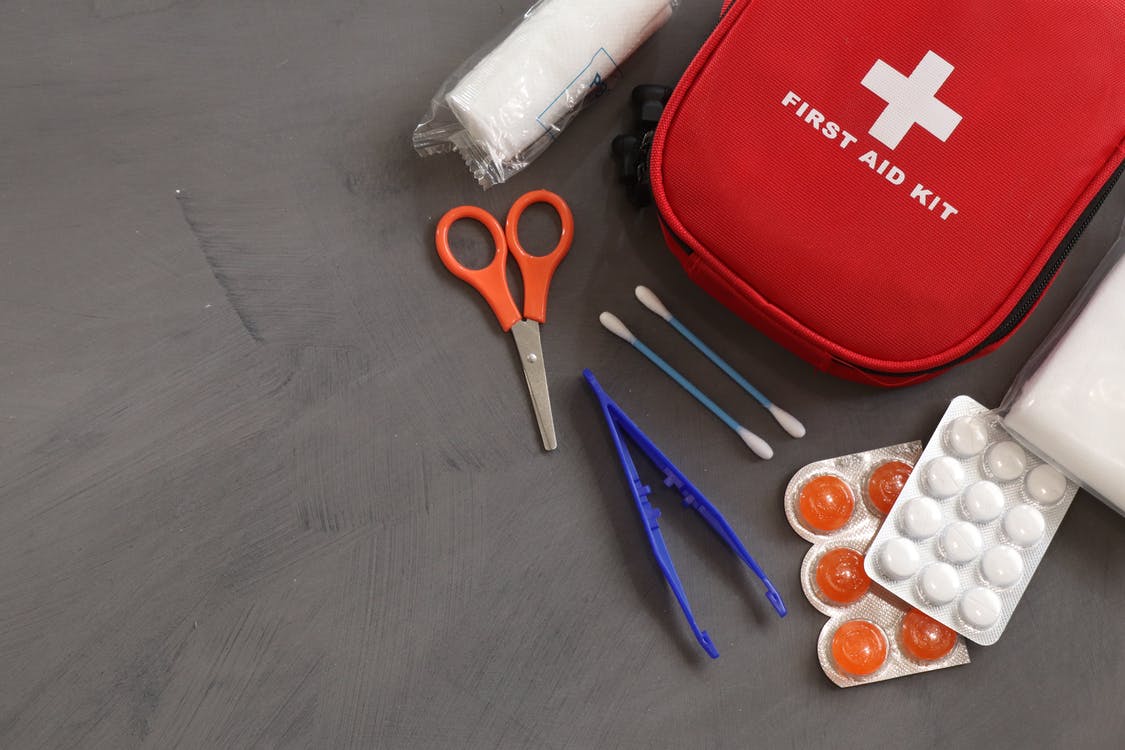Preparing a First Aid Kit: What You Need to Know
When disaster strikes, you have to react fast. Therefore, you need a plan of action. Preparing an emergency first aid kit is one way to stay ready. It’s also important to take a first aid course. By taking the course, you’ll know how to respond in an emergency.
What to Keep in a First Aid Kit
You can add hundreds of items to a first aid kit, but keeping it simple works best. You might want to start with items, like a first aid manual or a flashlight. If you’re using the kit on the job, you might want to add an automated external defibrillator (AED).
A kit prepares you in case of a serious emergency or natural disaster. You may need it after a tornado, lightning storm, or similar weather extreme.
It also enables you to be of service in case of a cardiac arrest, a heart attack, or stroke.
At work, a kit gives you the supplies you need to care for an injured employee. Kits come in handy when treating injuries from slip-and-falls or even electrical shock.
Kits, when carried in a car, are also helpful in case you’re involved in a car crash or you need to offer this type of help.

How Much Should You Keep in Your First Aid Kit?
You’ll have to decide for yourself how many first aid supplies you’ll keep on hand and how much you’ll store.
You’ll need to replace certain supplies, like bandages, as they wear out faster. If you stock a small first aid kit, you’ll have to replace the supplies often. You won’t have to restock as much if you maintain a larger kit.
At home or at work, keep your first aid kit in a place that is known to everyone. That way, they’ll have easy access to the supplies during an emergency.
Decide on your kit’s contents
Add items to your kit, such as the following:
- A First aid manual
- Non-prescription medicines, such as ibuprofen, aspirin, and antacid tablets
- Medications prescribed by a doctor, such as antibiotics to treat infections and painkillers for injuries (Make sure to save a copy of the prescriptions.)
- Extra identification, such as a copy of your state ID card or driver’s license, and important phone numbers
- Adhesive tape for applying bandages
- Elastic wrap bandages.
- Rubber tourniquet.
- Nonstick sterile bandages or roller gauze in various sizes
- Eye pads or shields
- A large triangular bandage that may be used as a sling
- Gloves and eye protection
- CPR pocket mask
- A flashlight
- A blanket
Know the Basics of First Aid and Emergency Care
CPR is an important part of first aid, but it’s also a lifesaving skill. During an emergency, having CPR may be all that separates you from death or a serious injury.
Take a CPR course and practice with family members and friends. Practice the steps until they come naturally.
Along with learning CPR, training in first aid gives you the info you need on infection control. Make sure you wash your hands frequently and don’t touch your eyes after touching your face.
First aid training also gives you the basics on wound care. It will teach you how to properly clean and dress cuts or abrasions.
Having first aid training keeps you aware of doing what is required to keep healthy and safe Therefore, the best way to stay safe during an emergency is to prepare. Make sure you have a first-aid kit on hand and you know how to use the items in the kit.
Always Play It Safe
Staying safe is essential to the health of your family and co-workers.. By learning CPR and taking first aid training, you can make a difference in the quality of your life and in the care you give to others.



